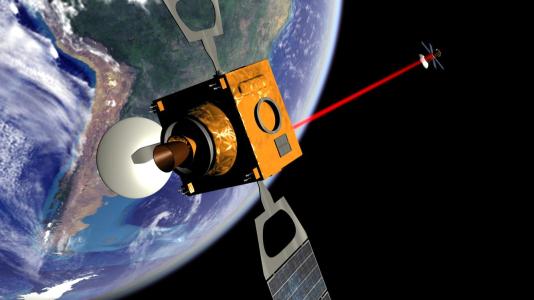Ultrafast optical beamsteering for space applications

Optical phase beam steering enables motionless pointing of light. The lack of mechanical moving parts not only reduces overall Mass, Volume, and Power (MVP) to a fraction of conventional solutions, but also reduces the associated risk due to friction fatigue. The applications of this technology both on Earth and in Space are only beginning to be fully understood and realised. In the context of telecommunications, the need for steerable beams has become the latest commercial frontier for market advantage allowing for communications channels to be differentiated in space as well as time/frequency. In the context of LiDAR, leading public, military, and private organizations have shown interest in reduced MVP LiDAR for Space, automotive and airborne applications. Technologies proposed include solid-state optical phased arrays, piezoelectric mirrors, diffractive optics, and liquid crystal spatial light modulators (SLM). MDA, in partnership with The University of Oxford (UoO), are proposing to develop a novel liquid crystal technology tailored specifically to SLMs for Space applications. Researchers from The Department of Engineering Science at Oxford University are pioneering new beam-steering technology based on the development of novel fast-switching liquid crystal modes that target frame rates which exceed 1 kHz whilst maintaining analogue control of the optical phase. This technology has the potential to enable a range of applications including Space telecommunications, situational awareness, and exploration.
